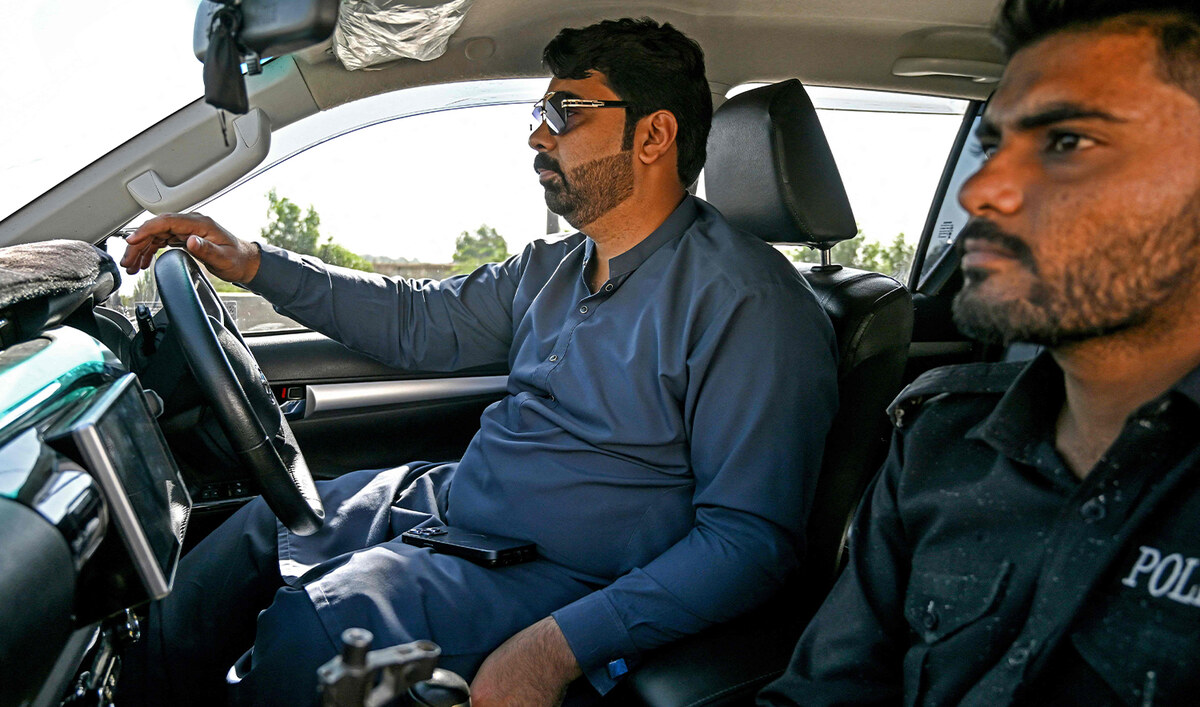JEDDAH: A trip to ¶¶Òő¶ÌÊÓÆ”âs AlUla, a chance encounter with a persistent mosquito on the streets of New York and an enduring love for musicals inspired Saudi filmmaking sisters Dana and Raneem Almohandes to create their animated short film âA Mosquito,â which screened at the recently concluded Red Sea International Film Festival in Jeddah.Ìę
âWe were walking in New York, having a good time, and there was this mosquito who kept coming back to me,â explained older sister Raneem. âThis is how it all started, with one question: âWhat does this mosquito want?â We thought, âShe wants to talk to us, but weâre not giving her the chance.â So, thatâs where the story was born.âÌę
Set in 1969, âA Mosquitoâ follows Zozo â a tiny mosquito with big dreams. While her peers are content with ordinary life in the majestic landscapes of AlUla, Zozo dares to dream of becoming a famous singer â heading to Egypt to sing before the legendary Umm Kulthum.Ìę
âA Mosquitoâ began life as a two-minute short â part of Raneemâs university project. It turned into its fully realized version after they took their idea to the AlUla Creates program, a local initiative that provides funding, mentorship and networking opportunities for Saudi filmmakers and fashion designers.Ìę
âWhen AlUla invited us to apply, we had this idea already, and we wanted to expand on it, because, you know, university projects are victims of time and resources. We developed the story with the AlUla Creates team,â said Raneem.ÌęÌę
âWe went to AlUla earlier, and we captured the aesthetics from there. The frames that you see in the film are identical to the pictures we took during our trip,â added Dana.Ìę
Raneem graduated from New York University in musical theater writing (Dana, the younger of the two, is studying filmmaking at Princess Nourah Bint Abdul Rahman University in Riyadh). âWe grew up watching musicals, but we felt like we donât have any that are in the Saudi dialect, so we wanted to create (them),â said Raneem. âThatâs why I studied musical theater writing.Ìę
âWeâve always loved expressing ourselves through art. For example, Dana will do a dance whenever she wants to express how she feels about someone. Like, for my birthday, she would do a choreographed dance. I used to do small videos for our family â sometimes theyâre music videos, sometimes short films ⊠this is how we started. And then I started an Instagram page for DIY videos, and we worked together on it. It was one of the first (Instagram accounts) to reach 1 million followers in the Middle East,â said Raneem. âDana was, like, 10 years old back then.âÌę
Before they had received any formal training, the duo were chosen as For Change Ambassadors of ¶¶Òő¶ÌÊÓÆ”. The screenplay for their first musical feature (âDandanaâ) was shortlisted in the second round of Sundanceâs Screenwriters Lab 2020. Their first short, âA Human,â was funded by Google and premiered in Riyadh.Ìę
The sisters reiterate that their filmmaking career is closely tied to the history of cinema in the Kingdom.Ìę
âWe put âA Humanâ up on YouTube in parallel with ¶¶Òő¶ÌÊÓÆ” opening its cinemas again,â Raneem said. It went on to become one of the first 100 films to be shown in cinemas after they reopened in the country and, according to Raneem, the very first short film.Ìę
In 2022, the pair wrote and directed the musical short âA Swing,â which was selected for the official competition at the Saudi Film Festival and was screened as part of the Kingdomâs participation at Cannes in 2022.Ìę
Despite the eight-year age gap between the two sisters, the duo say they have a seamless working relationship.Ìę
âWe sometimes fight, as all sisters do, but we have telepathy most of the time,â said Raneem. âWe are in sync in terms of ideas. Filmmaking is all about communication.âÌę
Working as two young women in the Saudi film industry is, Dana said, âmagical.â Raneem agreed.ÌęÌę
âItâs overwhelmingly beautiful, because the support is magnificent,â she said. âEach and every project and idea that weâve had, we knew for a fact that if we approached the right decision maker, it would happen.âÌę





















